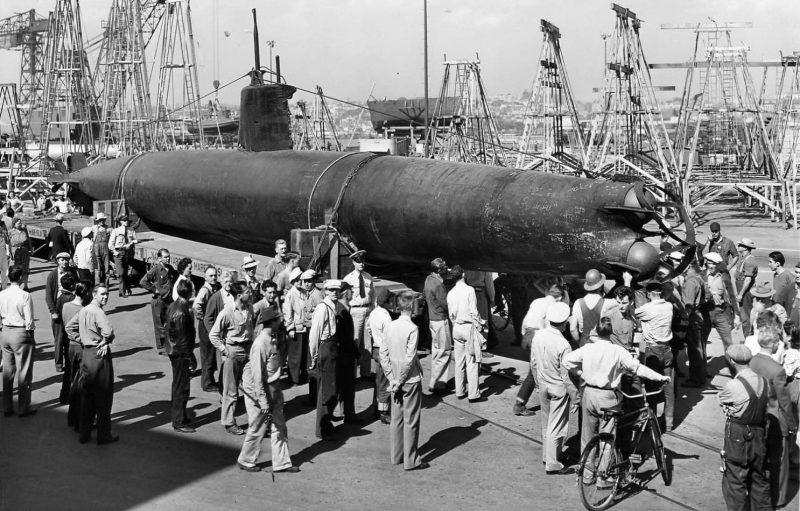This is Part 3 of a three-part series about the Japanese midget submarine attack on Pearl Harbor during World War II. Part 1 gives an overview of the submarines and their mission, Part 2 discusses their actions and the American reactions during the attack, and Part 3 describes the misadventures of the submarine officer who became America’s first Japanese POW, as well as where each midget sub was found in later years.
Day of Futility
In the midst of all this action, one midget submarine had not accomplished anything, and that was the one commanded by Ensign Sakamaki. Taken all together, the details of his efforts to attack Pearl Harbor read like a disastrous clash between a grim determination of will and Murphy’s Law. After the war, he recorded his account of the submarine mission in a memoir entitled I Attacked Pearl Harbor.
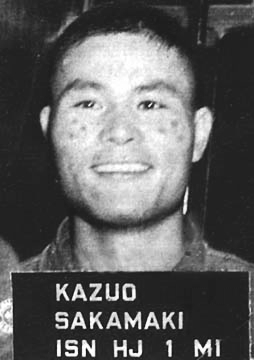
When the mother sub I-24 released his midget in the pre-dawn darkness, the little submarine “nearly toppled over into the water” and started to sink nose-first. After Sakamaki and Inagaki shifted enough ballast to right the midget, they set out for the harbor, now behind schedule.
After several hours of navigating in circles due to the malfunctioning gyrocompass, Sakamaki dared to surface to investigate his surroundings. Morning had come, and he reported to Inagaki that “just a couple of destroyers” were on patrol, right before he “heard an enormous noise and felt the ship shaking.”
After the two men recovered from the shock of what must have been a depth charge, the submarine floundered around some more, but to no avail. Sakamaki claimed in his book that he could have sunk a destroyer “as easy as killing a bird in the palm” but that he preferred to save his torpedoes for the battleship USS Pennsylvania, a more valuable target since it was the flagship of the U.S. Pacific Fleet.
An ironic note is that, unknown to Sakamaki, Pennsylvania was then in drydock at Pearl Harbor. Even if he had gained access to the harbor, his goal would have been impossible to accomplish.
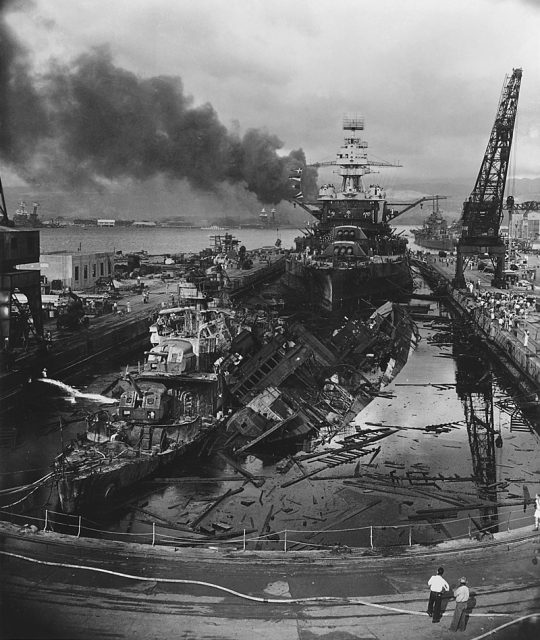
As the air strike progressed, he attempted to dodge the patrolling destroyers and get into the harbor in time to join the fray, but got stuck on a coral reef. After several attempts, Sakamaki backed the midget off the reef, but one torpedo tube had been damaged.
Another attempt to navigate the harbor entrance resulted in the midget getting hung high up on another reef, screws spinning helplessly in the air, where the destroyer USS Helm spotted it at 8:17 as she headed out to sea to join Ward. Helm‘s gunfire actually knocked the submarine off the coral, and it managed to submerge and escape.
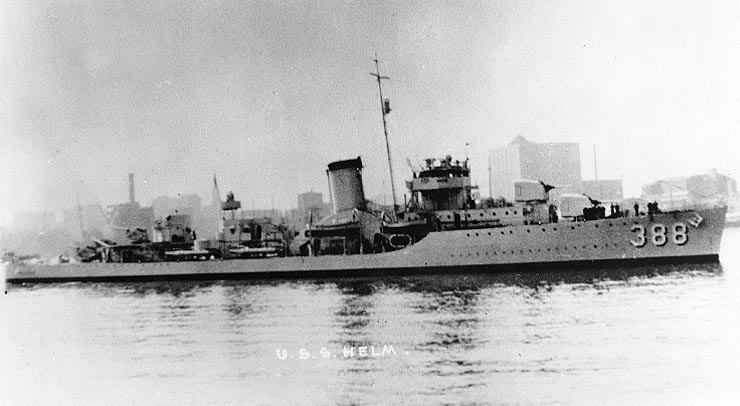
By now, the submarine had sustained enough damage that water was leaking inside. It reacted with the midget’s batteries, which filled the interior with noxious fumes that sickened the two men. The air strike ended, but long after the Japanese pilots had flown victoriously back to their carriers, Sakamaki stubbornly refused to admit defeat.
Later that afternoon, the midget crashed into yet another coral reef, smashing the remaining torpedo tube. In frustration, Sakamaki planned a kamikaze attack, telling Inagaki that they would run right into a ship and blow it up, adding, “If we can’t blast the enemy battleship, we will climb onto it and kill as many enemies as possible.”
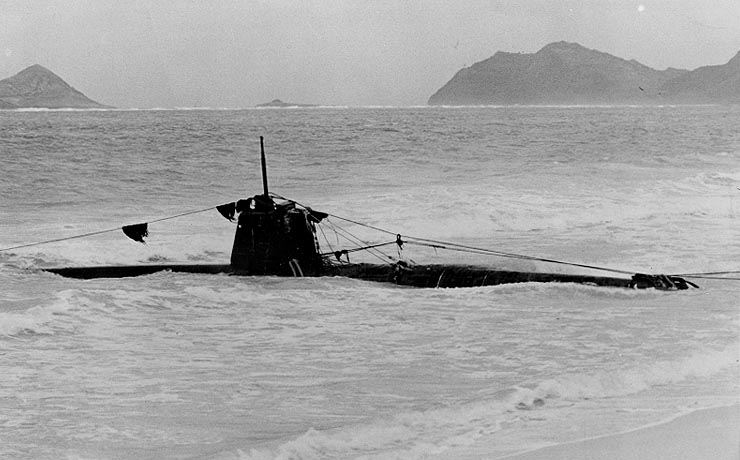
Captured: One POW and One Top Secret Weapon
Sakamaki never got a chance to carry out his desperate plan. At nightfall, he discovered that he was miles away from Pearl Harbor. Utterly exhausted, discouraged, and weakened from the battery fumes, he set the midget’s course for the rendezvous at Lanai Island and fell unconscious.
He awoke in the morning to see land on the horizon, believed it was Lanai, and ran the midget aground on yet another reef while attempting to get closer. With no other option, he and Inagaki lit the fuse to scuttle the submarine and jumped into the sea.
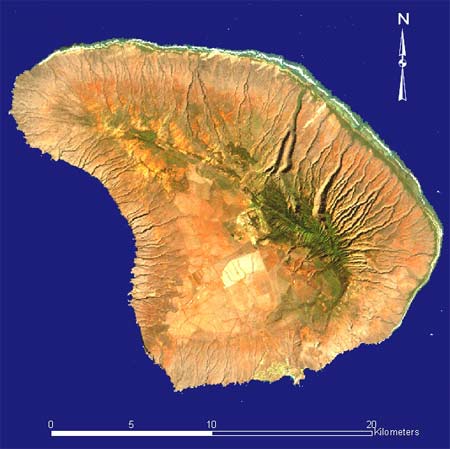
Inagaki drowned, but Sakamaki drifted unconscious to the shore, where he awoke to see an American soldier guarding him. He had earned the dubious distinction of becoming Prisoner of War Number One.
His midget submarine had not taken him to Lanai, but had drifted around Oahu. Sakamaki had run it aground near Bellows Field, an Army airfield.
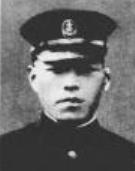
Not only had he been captured, which was a great disgrace for a Japanese officer, but his submarine was also captured. Even worse, the explosives in the midget had not detonated, so Japan’s top-secret weapon was intact in enemy hands, ingloriously hauled onto the beach by an Army tractor.
Somber Ending
Of the expectations the Japanese had for the midget submarines during the Pearl Harbor attack, the expectation of death was the only one that came to pass. The loss to Japan of all the midget submarines and their crewmen was a somber ending to a daring mission that failed to accomplish its objectives.
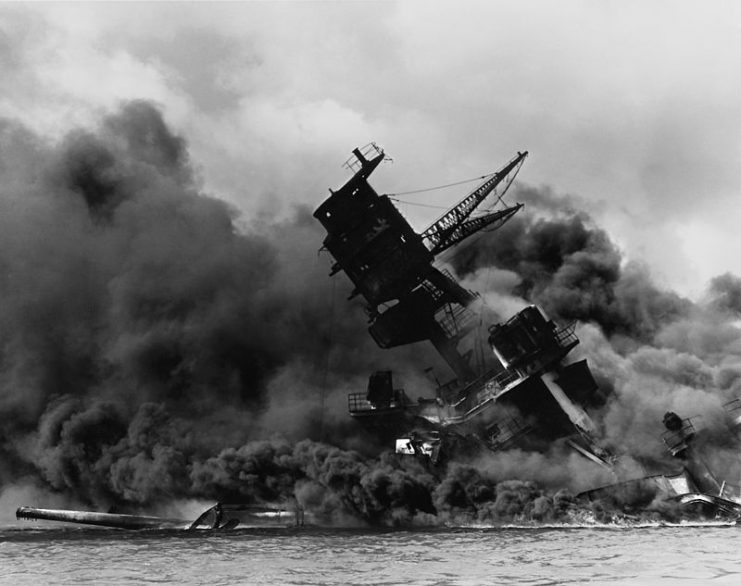
Ironically, due to Ensign Yokoyama’s radio message the Japanese mistakenly believed that the midget submarines had successfully contributed to the attack. Therefore they gave the nine dead submariners a sizeable share of the credit and glorified them as heroes.
Some people, however, were not overjoyed by the outcome of the suicide mission. Masataka Chihaya later recalled, “A vice admiral who designed that craft said to me in tears, ‘Alas, I never would have designed such craft if they were to be used in such a manner. This is murder of the crews. What a pity!'”
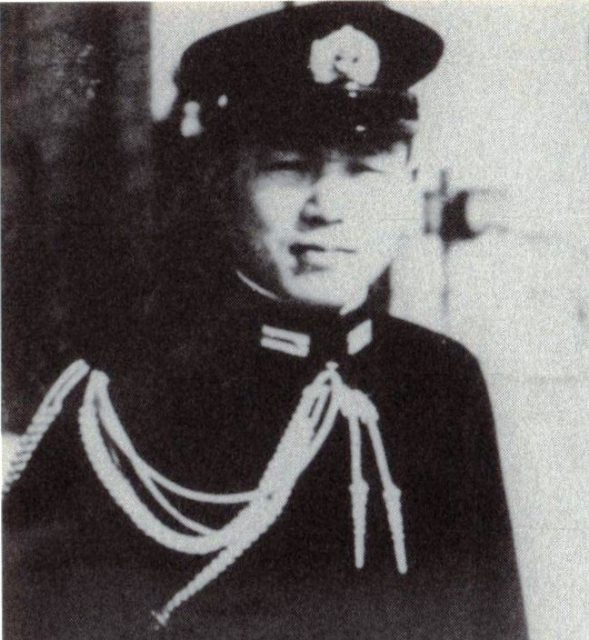
Epilogue
It was many years before all five of the midget submarines were accounted for.
The first one was obviously Sakamaki’s HA-19. After being thoroughly investigated by the U.S. Navy, it was sent on a tour of the United States to inspire people to buy War Bonds. In 1991, Sakamaki revisited the submarine that had caused him so much trouble that fateful day.
Today, HA-19 is a U.S. National Historic Landmark and is on display at the National Museum of the Pacific War in Fredericksburg, Texas.
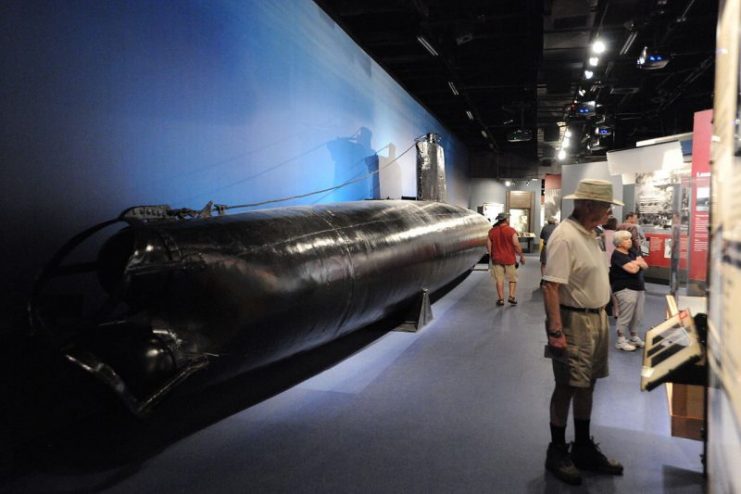
The midget sunk by Monaghan inside Pearl Harbor during the attack was soon afterward used as fill in a pier construction project at the Pearl Harbor submarine base. Sources differ as to the disposition of the crew’s remains, with some saying they received a military burial and others saying they are still inside the submarine.
Of the two “missing” submarines that had not been confirmed at the time as sunk or captured, one was discovered in 1951 and the other in 1960.The midget found in 1951 was missing both of its torpedoes, marking it as the one that fired at St. Louis during the attack. It had been scuttled by its crew, using the onboard demolition charges.
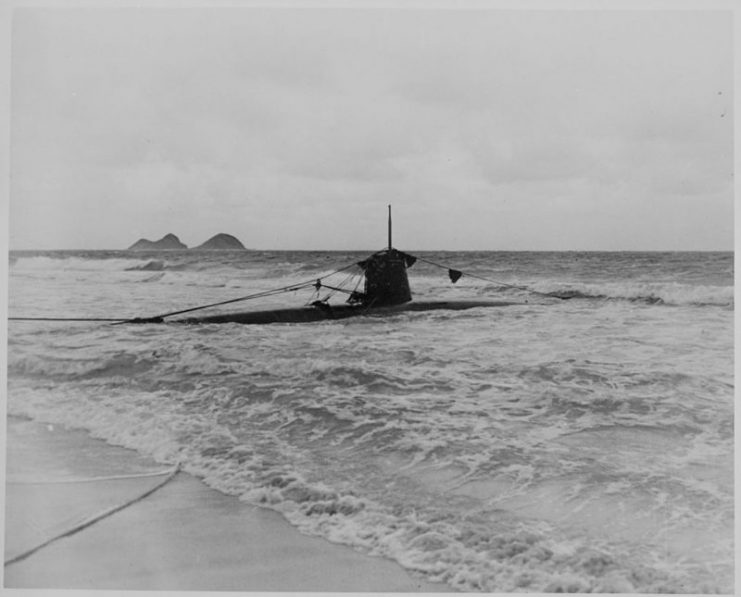
The Navy, without advertising the fact, took the midget apart and disposed of the three pieces of its hull further out at sea. The pieces were rediscovered starting in 1992 by the University of Hawaii’s Undersea Research Laboratory.
The midget discovered in 1960 was found in Ke’ehi Lagoon by U.S. Navy and Marine divers during a training exercise. Upon being removed and inspected, it showed obvious depth charge damage.
Further investigation also showed that the midget’s torpedoes were still in place, the escape hatch was undogged, and there was no evidence of human remains. There was speculation that if the crew had not been too badly injured by the depth charges or had not chosen to commit suicide, they could have made it to shore and melted in to the local population.
After removing and disposing of the bow section with its corroded torpedo tubes, the U.S. returned the remainder of the midget submarine to Japan, where a replacement bow was fashioned for it. It is on display at the site of the former Imperial Japanese Naval Academy at Etajima.
Read another story from us: Pearl Harbor: Massive Mission for Midget Submarines, Part 2
Interestingly, the midget that triggered the very first shots and first confirmed kill of the Pacific War between the U.S. and Japan—albeit before the formal declaration of war—was the last to be found. It was not until 2002 that the University of Hawaii’s Undersea Research Laboratory located the midget sunk by Ward.
These five were not the only Type A midgets that the Japanese built. About fifty were completed before being replaced by the Type B in 1943, and in May-June 1942 some were used to attack ships in both Diego Suarez Harbor in Madagascar and Sydney Harbor in Australia. But those are stories for another day.
